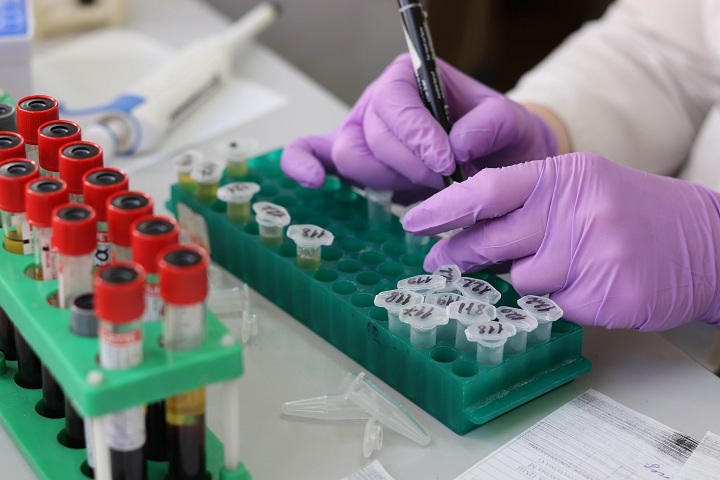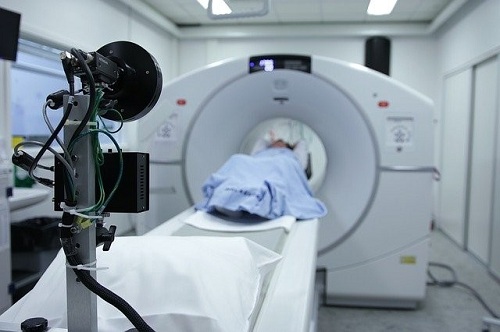Medical equipment is an integral part of the healthcare industry. It’s imperative that hospitals and clinics only use top-notch medical equipment, otherwise, it can be a major setback for patients and staff alike. Having the right tools means better patient outcomes and happier employees who are more satisfied with their jobs. The quality of the equipment directly impacts people’s lives, so it must be used to its fullest potential at any given time.
When looking into what type of technology will best suit your needs, there are many factors to consider such as cost-effectiveness, compatibility with other systems in place, how durable it is, etcetera. A key consideration when choosing which device or system to implement is whether or not you have the manpower to properly maintain and use the technology. If your hospital or clinic does not have enough by way of staffing, it’s best not to spend money on a piece of equipment that you cannot afford the time or resources to maintain.
Ease of use
Medical equipment should be practical and sturdy. Hospitals and clinics must have equipment that is easy to use and can handle the wear and tear of constant use. Equipment that is not practical or durable can end up being more of a hassle than it is worth. Patients’ safety and well-being should always be the top priority, so healthcare facilities must-have equipment that they can rely on and use with ease. Maintenance of various medical supplies requires different approaches and techniques since most are in direct contact with patients and health care workers. The best medical equipment should be user-friendly, durable enough to withstand heavy use, and compatible with other pieces of equipment. It’s also important to stay up to date with all industry standards because older pieces of tech are not always compatible with current technology.
Technology
Hospitals and clinics should have the right balance between hospital IT systems and medical devices. Whether you need an EMR system or patient monitors, make sure your tech fits your needs while being reliable enough that it does not go out of date quickly. Many hospitals still run on the 1990s’ standard; this type of technology is no longer widely used because it’s an obsolete model that does not meet today’s industry standards. Although medical equipment can be expensive, it would be wise to invest in new devices rather than spreading out costs over time with outdated hardware.
Compatibility
While modern medicine has made great strides in many different fields, it can be difficult to integrate all of these advancements within a single hospital or clinic. To avoid complicated equipment setups, compatibility is key when choosing medical devices. These days it is common for hospitals and clinics to make use of both wireless and landline technologies at the same time, but if the two are not integrated properly, this can lead to complications.
Dependability
Due to its importance in saving lives, healthcare institutions must choose only the best quality medical equipment that they can afford. Having subpar equipment means that patients are more likely to have worse outcomes which make any investment seem useless. Some things to consider when determining what devices you should invest in would be staff recommendations, durability & cost-effectiveness, compatibility with other equipment, and levels of dependability. Using only top-notch medical equipment is a no-brainer when it comes to patient care. When each piece of technology has been carefully selected, the facility as a whole operates more smoothly for everyone involved.
Cost-effectiveness
Hospitals and clinics should consider three things before purchasing medical equipment: does it meet current industry standards, will the technology help you to serve your patients better, and is it affordable? Modernizing your hospital or clinic can be an expensive process that requires careful planning. By updating older pieces of machinery with newer models, facilities can ensure that they are not wasting their money on redundant supplies that cannot keep up with technological advancements.
Different types of patient care require various types of equipment. While hospitals may benefit from computerized tomography scanners (CTs), clinics might want to focus on ultrasound machines instead because they’re more practical for smaller spaces. In addition, certain hospitals have been using virtual visitation services which allow facilities to provide outreach services even if they’re out of town on the weekends.
It is also important for hospitals and clinics to invest in medical equipment that can be shared between rooms or departments. There’s no need to buy ten sound amplifiers when one will do just fine, so this type of sharing minimizes waste while offering more flexibility. Luckily, most up-to-date medical devices are compatible with other pieces of equipment so that there isn’t a complicated setup process later on.
While your hospital or clinic has invested in top-quality medical technology, it ensures the safety and satisfaction of both patients and staff alike. Modernizing outdated technology means facing an initial investment, but new models tend to be more user-friendly and require less training than older ones had in the past. Although it can be difficult to know which device is most appropriate for different applications, taking the time to do research will help you make the best possible decision when choosing medical equipment.



















